I’ve always been perplexed and a tad jealous when I hear other artists say that they start a piece with a fully-formed image in their mind. I have to puzzle it out, unravel what the painting will be (and it takes way longer than I’d like!). Sometimes I start with an idea and then find imagery to suit it..when I started Narrative, it was briefly stained glass windows in stone ruins on the seashore, and briefly a tree growing against a cliff wall…I didn’t know it would be a tree and stars when I started it!
Other times, such as with Silent Solace, I start with something smaller. I had been wanting to paint a cactus skeleton for a long time, so I started with that and sought to find things to pair with the cactus skeleton in a way that felt right, interesting, and began to cobble together some kind of intent.
Since many people aren’t familiar with cactus skeletons and might not recognize it if I went too wild with the shape, I decided to keep it vaguely cactus or tree-like in form. Bright, midday light didn’t feel right with the subject, nor did anything like a sunset, so I knew almost immediately that I was looking for dusk or night colors. I wanted to revel in the interesting contours of the wood, and the idea of having two light sources of different colors would let me explore that.
Now I had something to work with! Initially I played with the notion of having the secondary light source be from within the cactus, but I couldn’t justify it. I’m not sure if it is a reasonable worry, but I am often concerned that my landscapes might be interpreted as over-rendered concept art, and my rule for avoiding it is to never pursue a “cool” visual idea if it lacks meaning.
I used to go for late-night walks around my neighborhood. The streets were quiet, lit by streetlights, lit windows, and sometimes moonlight. It was lonely, but in a temporary, fleeting way that allowed for introspection without isolation. All those lit windows represented families eating dinner, sitting down to watch a movie or read a book, or getting ready for bed. Walking down the street, you’re alone, but surrounded by people. There’s a very nice illustration by J.E. Morris in the children’s book Most People that captures this feeling so well, in a very warm way. I wanted to capture that feeling with the path and lantern, to contrast against the lonely night.
At this point, I’ve arrived at: a lantern and a street (more or less), a cactus skeleton tree, so perhaps also a desert scene at night. It’s a round-about way of determining the subject of a painting, but it is faster for me than starting with an whole concept, like I did with Narrative…I try to save that for when I am able to take my time on a painting.
Tired of transferring sketches my regular way, this time I traced the sketch on Dur-a-lar and mounted it over the gesso, sketch-down. I start with the sky, establishing the gradient early so that I can layer closer objects over it. As the cactus sketch begins to get lost under the paint, I reestablish it with darker paint, knowing that too will get painted over, but counting on it being visible through the paint. Since I pour a gloss medium mixture over the painting every night, masking fluid or tape would be too tedious and unreliable to apply and reapply daily.
Eventually I call the gradient in the sky good enough…after all, it will be covered by clouds and any unevenness will be obscured by them.
When the clouds are done, I start painting in the cactus for real…where previously I was just approximating the color and value to make sure I didn’t lose it under the paint as the sketch was covered up. Since I’m painting in acrylic and would have to paint the tree and sky together if I want to blend wet-in-wet, I usually lay down hard edges and go back and paint in softer ones later, choosing where I want them.
Popping in the holes out the other side, by painting in greenish sky circles, was so satisfying. It immediately lent the tree depth.
Nearing the end of a painting, as things begin to look finished and I get excited to mark another one done, I start a “punch list” on whiteboard to be sure I don’t wrap things up and miss something. It might be an edge I’d like to soften or highlight I’d like to hit a little stronger, but they’re easy to forget to return to when it looks done and I’m excited to finish. It always feels great to wipe that whiteboard clean!


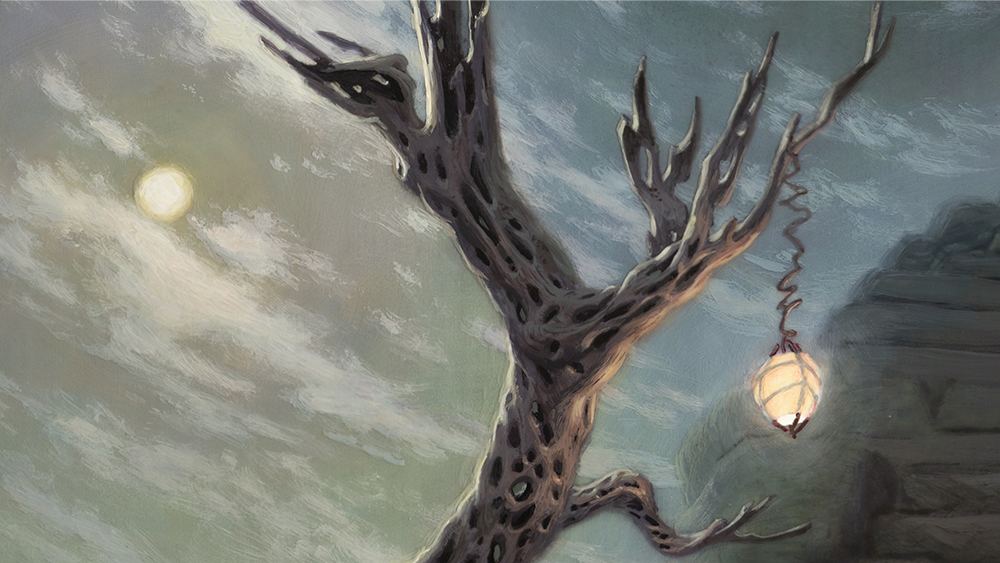
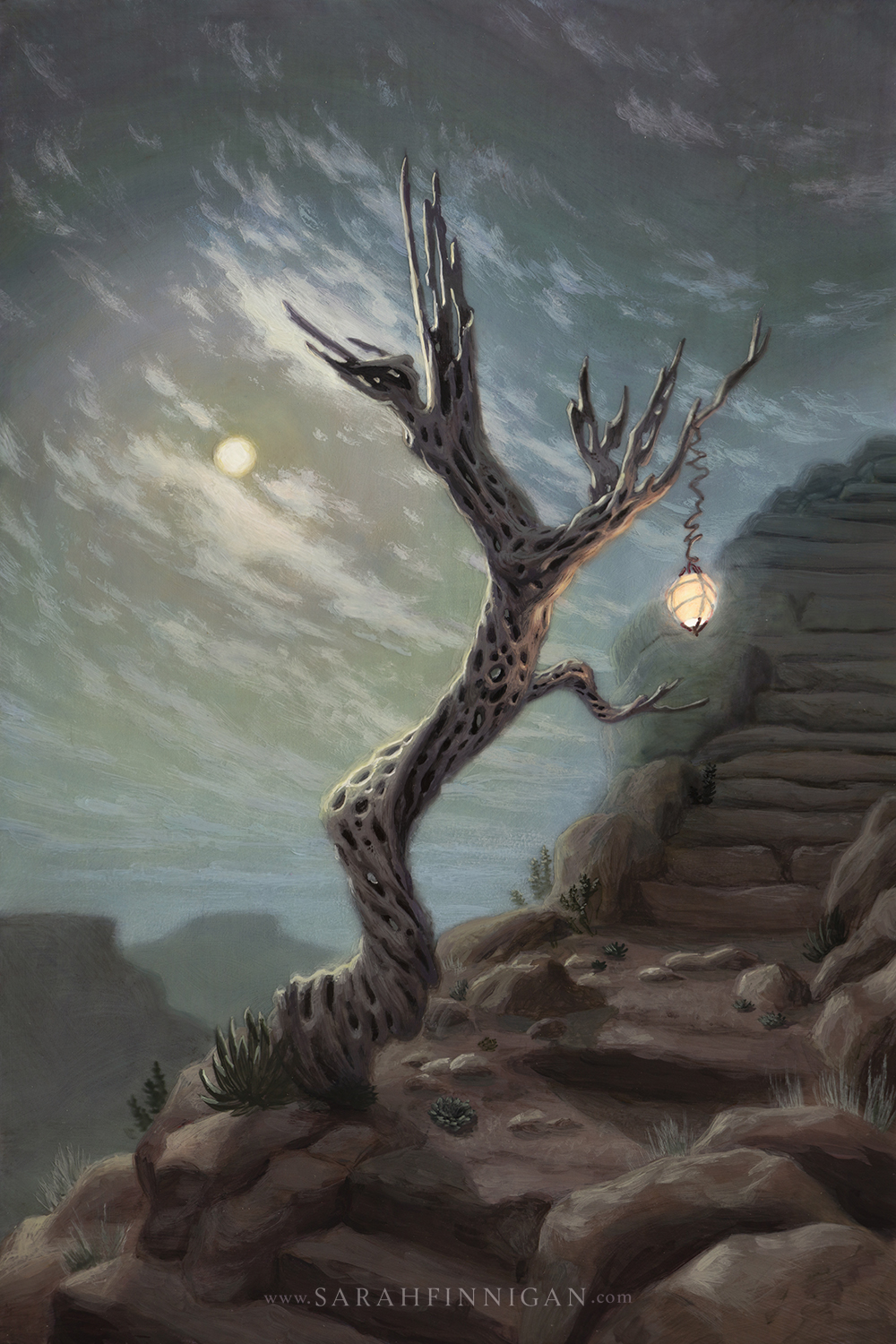
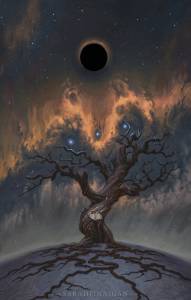

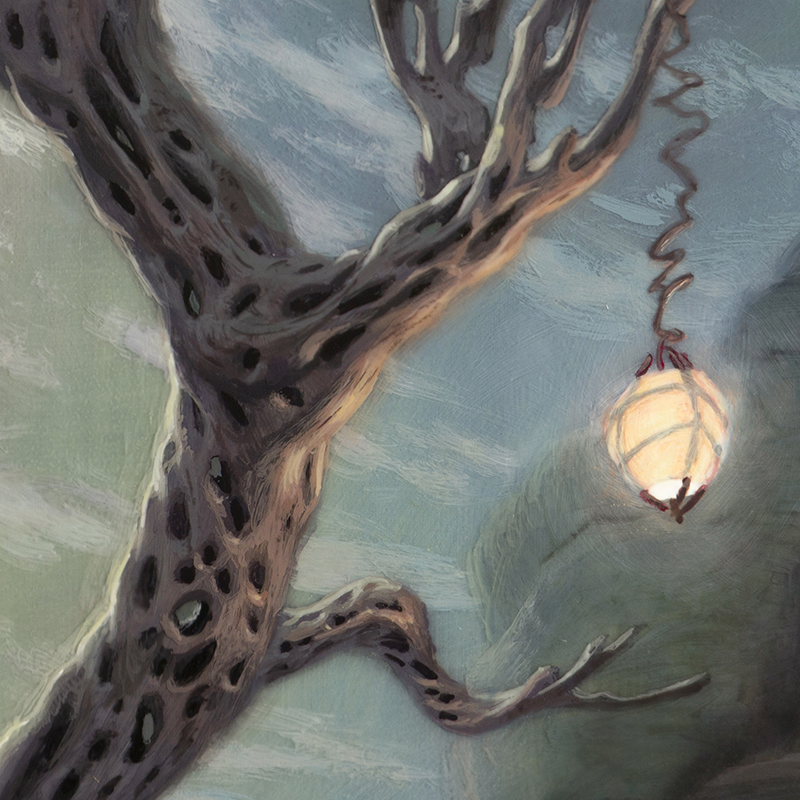
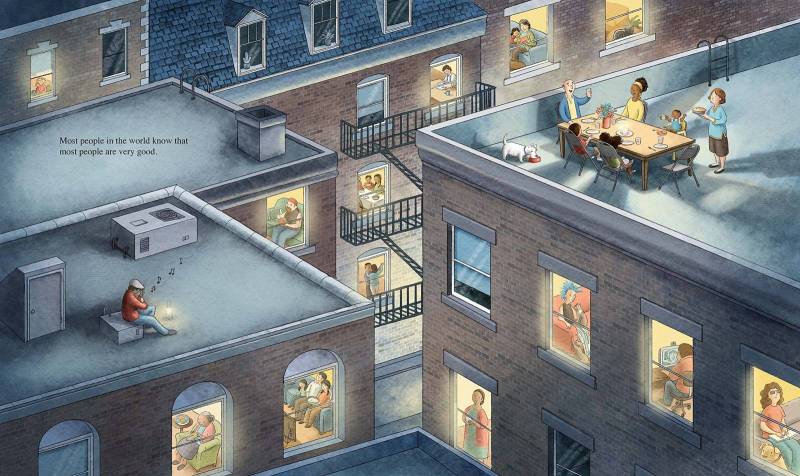
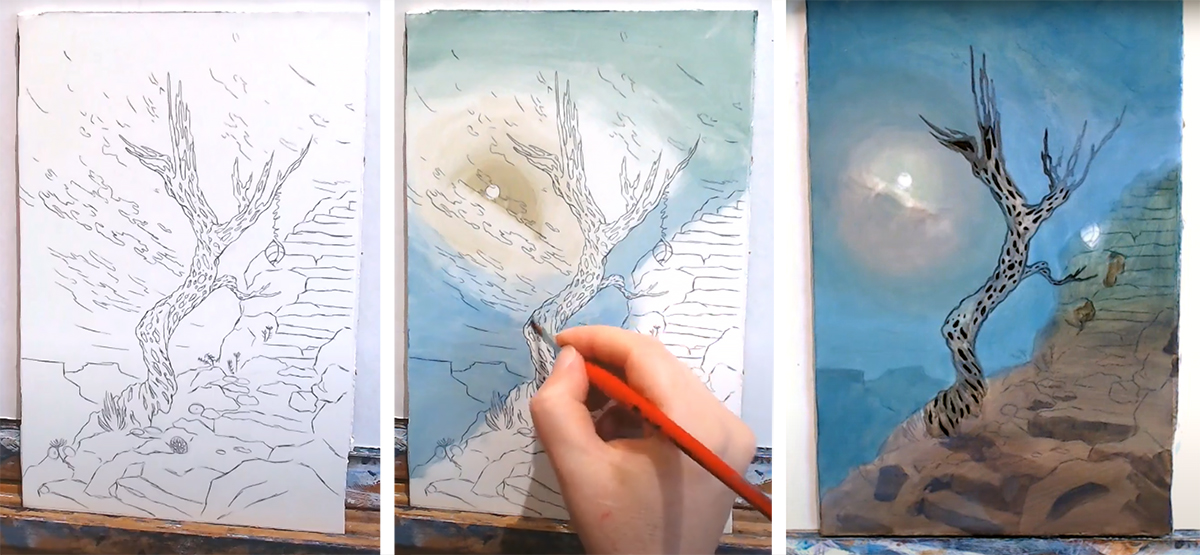
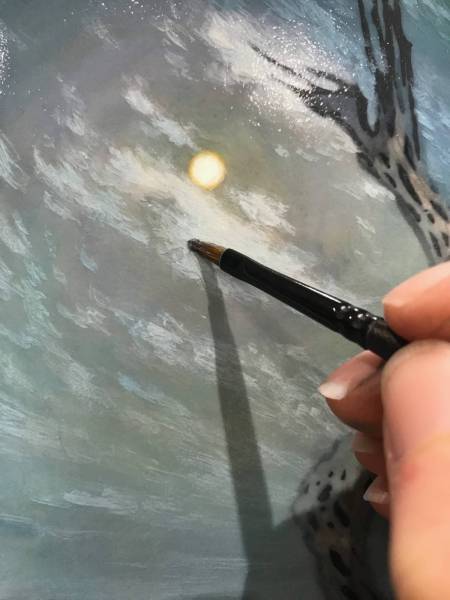
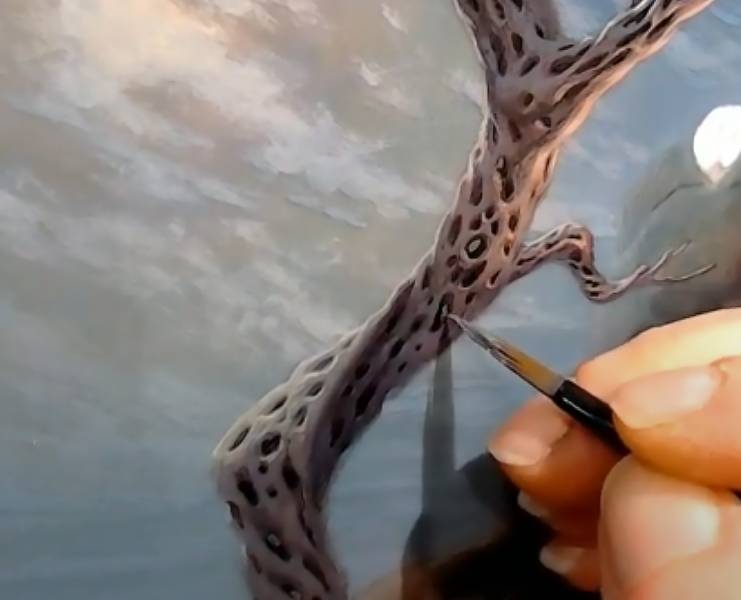
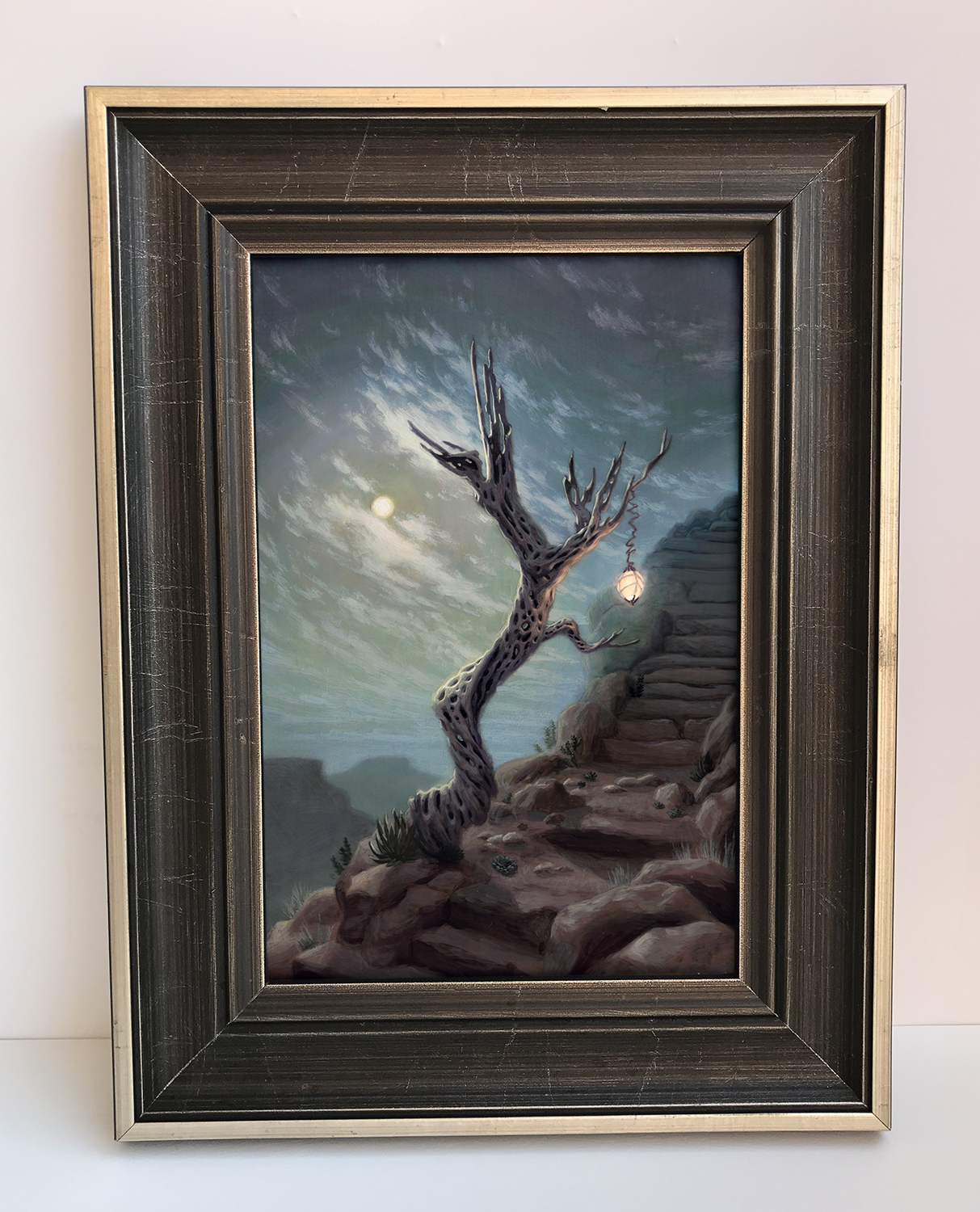
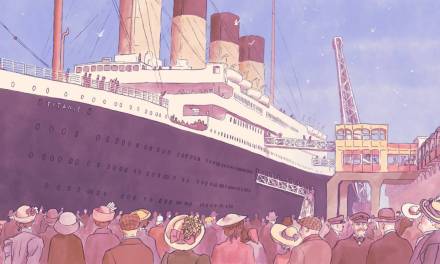

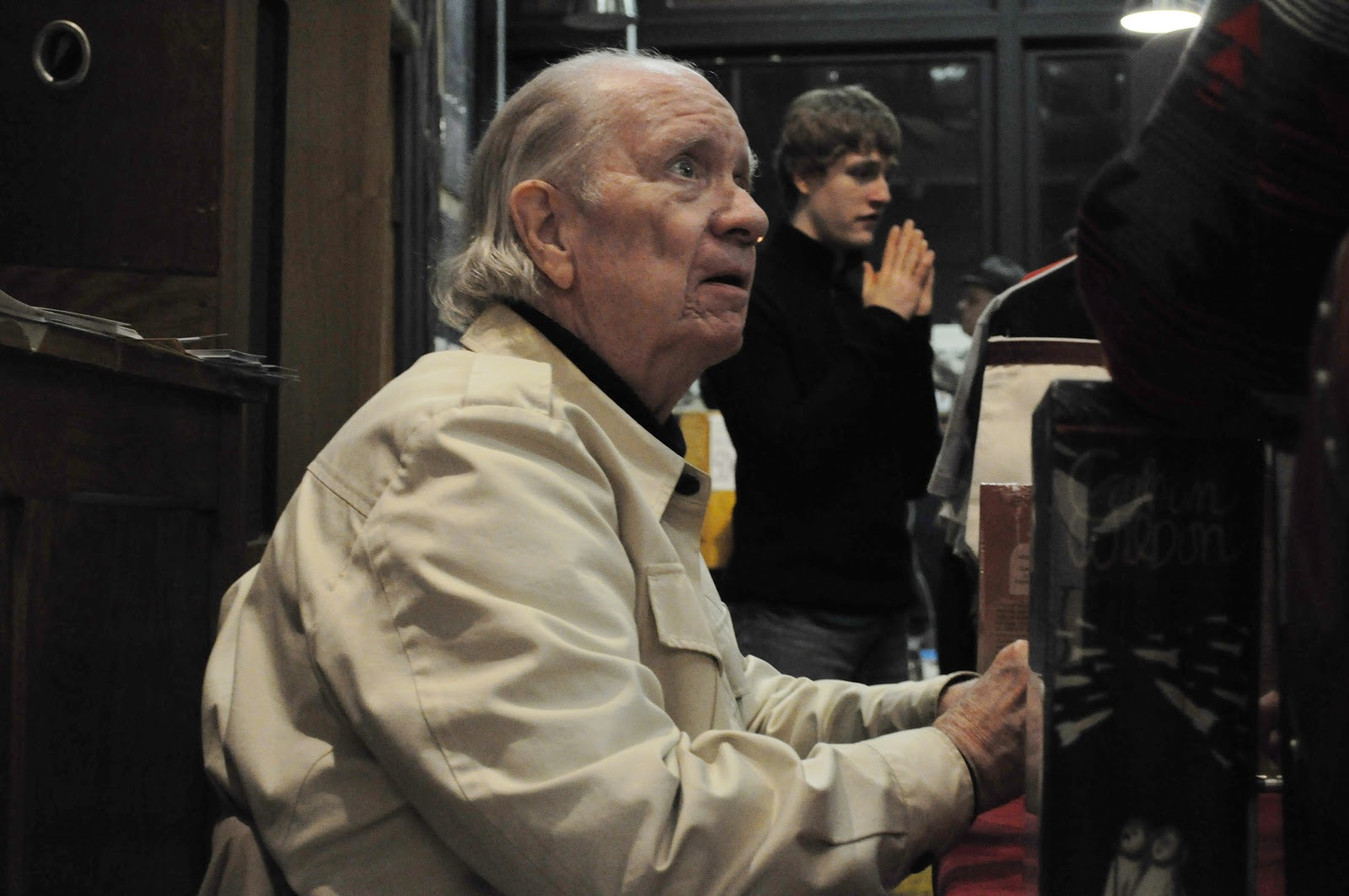


Very good keep it up